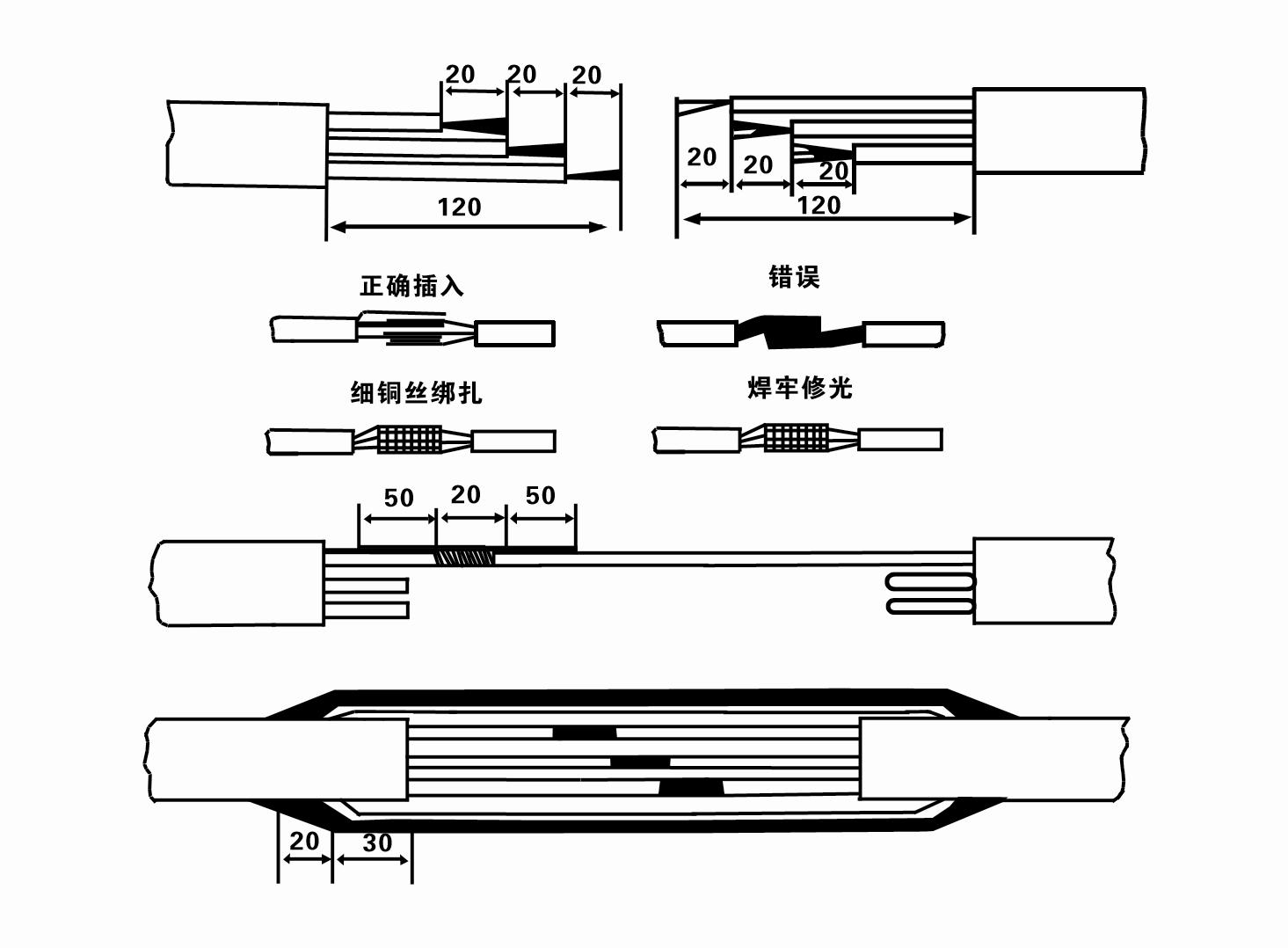Nov . 15, 2024 09:40 Back to list
multistage submersible pump
Understanding Multistage Submersible Pumps
Multistage submersible pumps are engineered to handle a variety of demanding applications, particularly where high-pressure water extraction and efficient performance are crucial. These pumps are designed to operate in submerged conditions, making them ideal for deep well water extraction, wastewater treatment, and various industrial applications.
Design and Functionality
A multistage submersible pump consists of multiple impellers stacked in series. This unique configuration allows the pump to generate higher pressures than single-stage pumps. Each impeller contributes to increasing the fluid's velocity and pressure, making these pumps suitable for transporting water from deep underground where high head pressure is necessary. The pump is housed in a cylindrical shell equipped with a motor that powers the impellers.
The main advantage of a multistage design is its ability to maintain efficiency even when handling varying flow rates and pressures. This adaptability makes it a preferred choice in many fields, including irrigation, mining, and municipal water supply systems.
Applications
One of the most common applications of multistage submersible pumps is in agricultural irrigation systems. Farmers utilize these pumps to access groundwater from deep wells, ensuring a steady supply of water to their crops. With the growing concerns about water scarcity, these pumps offer a reliable solution to maintain agricultural productivity.
multistage submersible pump

In industrial settings, multistage submersible pumps serve crucial roles in processes such as cooling, heating, and wastewater management. They can efficiently transport liquids, even those containing solids, enhancing the operational capabilities of various manufacturing processes.
Advantages
The primary advantage of multistage submersible pumps is their efficiency in high-pressure applications. By utilizing multiple impellers, these pumps can overcome significant head differences while maintaining lower energy consumption compared to other pump types. They are also designed to be submerged, which eliminates the need for additional priming systems and reduces the risk of cavitation.
Moreover, their robust construction and ability to withstand harsh conditions make them a long-lasting choice for various applications. Multistage submersible pumps are typically made from corrosion-resistant materials, crucial for maintaining performance in aggressive environments.
Conclusion
In summary, multistage submersible pumps are vital components in various sectors that require reliable water movement and management. Their design allows for high efficiency and versatility, meeting the needs of both agricultural and industrial applications. As technology advances, further improvements in their design and efficiency are expected, paving the way for even more sustainable practices in water usage and management. Understanding these pumps is essential for anyone involved in water resource management, ensuring optimal solutions are utilized for ever-evolving demands.
-
Submersible Water Pump: The Efficient 'Power Pioneer' of the Underwater World
NewsJul.01,2025
-
Submersible Pond Pump: The Hidden Guardian of Water Landscape Ecology
NewsJul.01,2025
-
Stainless Well Pump: A Reliable and Durable Pumping Main Force
NewsJul.01,2025
-
Stainless Steel Submersible Pump: An Efficient and Versatile Tool for Underwater Operations
NewsJul.01,2025
-
Deep Well Submersible Pump: An Efficient 'Sucker' of Groundwater Sources
NewsJul.01,2025
-
Deep Water Well Pump: An Efficient 'Sucker' of Groundwater Sources
NewsJul.01,2025
-
 Submersible Water Pump: The Efficient 'Power Pioneer' of the Underwater WorldIn the field of hydraulic equipment, the Submersible Water Pump has become the core equipment for underwater operations and water resource transportation due to its unique design and excellent performance.Detail
Submersible Water Pump: The Efficient 'Power Pioneer' of the Underwater WorldIn the field of hydraulic equipment, the Submersible Water Pump has become the core equipment for underwater operations and water resource transportation due to its unique design and excellent performance.Detail -
 Submersible Pond Pump: The Hidden Guardian of Water Landscape EcologyIn courtyard landscapes, ecological ponds, and even small-scale water conservancy projects, there is a silent yet indispensable equipment - the Submersible Pond Pump.Detail
Submersible Pond Pump: The Hidden Guardian of Water Landscape EcologyIn courtyard landscapes, ecological ponds, and even small-scale water conservancy projects, there is a silent yet indispensable equipment - the Submersible Pond Pump.Detail -
 Stainless Well Pump: A Reliable and Durable Pumping Main ForceIn the field of water resource transportation, Stainless Well Pump has become the core equipment for various pumping scenarios with its excellent performance and reliable quality.Detail
Stainless Well Pump: A Reliable and Durable Pumping Main ForceIn the field of water resource transportation, Stainless Well Pump has become the core equipment for various pumping scenarios with its excellent performance and reliable quality.Detail
